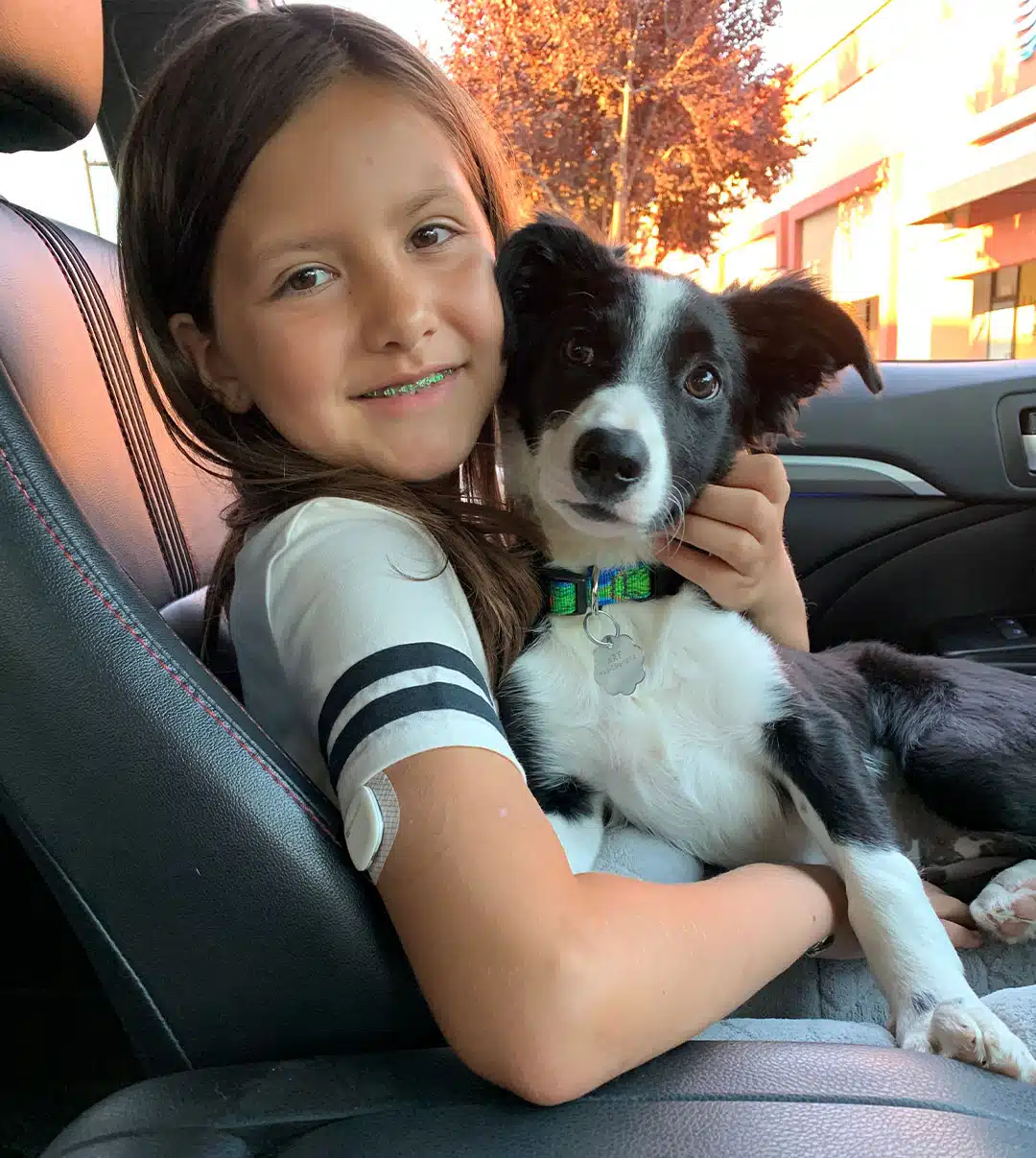When bringing a new cat into a home with an existing dog, taking a few precautionary measures and a bit of preparation can mean the difference between a future of peaceful inter-species cohabitation and years of strife. Plopping the two down together and expecting them to work things out on their own seldom ends well
General Tips:
- Have a safe room or rooms as well as high places where the cat can access, but prevents the dog from reaching the cat. It’s important the cat can retreat to regroup and relax away from the dog and then venture forward into dog territory at their own pace.
- Never force either animal into proximity with the other by holding or caging either, or otherwise restricting their desire to escape.
- For the first introduction, have the dog on a leash. If it seems to be going well, take the leash off and supervise closely.
- If the dog is behaving in a friendly and/or cautious way, try to not intervene in their interactions, except to praise and reward the dog for their good manners.
- Interrupt any intense chasing and try to redirect the dog’s attention to another activity. This can be very difficult and in the future the dog may need to be leashed until a routine is worked out or the house divided into cat and dog sections.
- In the first few weeks, observe the trend: Are things getting better or worse? Monitor interactions until there is a pattern or plateau in their relationship.
- If the dog is the newcomer, be sure to give plenty of extra attention to the cat.
- The dog should not have access to the cat litter box or food bowls. It’s too stressful for the cat when the dog eats cat feces, litter, or cat food.

Preparation
Prior to bringing your new cat home, set up a room that will be their own private space for up to several weeks. A spare bedroom or home office is ideal. They should have food, water, toys bedding, and a litter box. When you bring your new cat home, take them directly into the room, open the carrier, and leave the room, closing the door behind you. Give them a few hours of alone time to de-stress and explore the new territory. Allow your dog to sniff and investigate at the base of the door, but do not allow visual access yet. Give your dog tasty, high value treats when they are near the door. You can take some of the cat’s bedding out and leave it in the areas that your dog frequents and vice versa so the two can exchange smells.
Next Steps
Several times each day put your dog in their crate with a long-lasting chew or food puzzle toy in a bedroom and close the door. Give the cat a few hours to explore the rest of the house. After a few days have passed, put a tall baby gate in the doorway to the cat’s safe room. Arm yourself with high-value, tasty treats and put your dog on a leash. Approach the baby gate with your dog. Feed them a jackpot of treats when they notice the cat from a distance. Keep the interaction brief and remove the dog and close the door if either animal shows fear or aggression. Continue these meetings from a distance through the gate for the next few days, rewarding the dog for just being in the presence of the cat and separating the two when necessary.
If these meetings are casual and relaxed remove the baby gate but keep the dog on a leash. Continue with the same exercise, freely dispensing treats for merely being in the presence of the cat. If either animal shows fear or aggression, end the meeting. Little by little you should be gradually decreasing the distance between the two and increasing the amount of time they are allowed to interact if both parties are comfortable.
Always keep the door to the cat’s safe room open so that they can retreat if they’ve had enough. When both the cat and the dog are comfortable enough with each other that they start to ignore one another, you can take the leash off your dog. It is a good idea to provide the cat with vertical escape routes such as tall furniture or cat trees to get up out of the dog’s reach if necessary. It is best to not leave the two together unattended.


